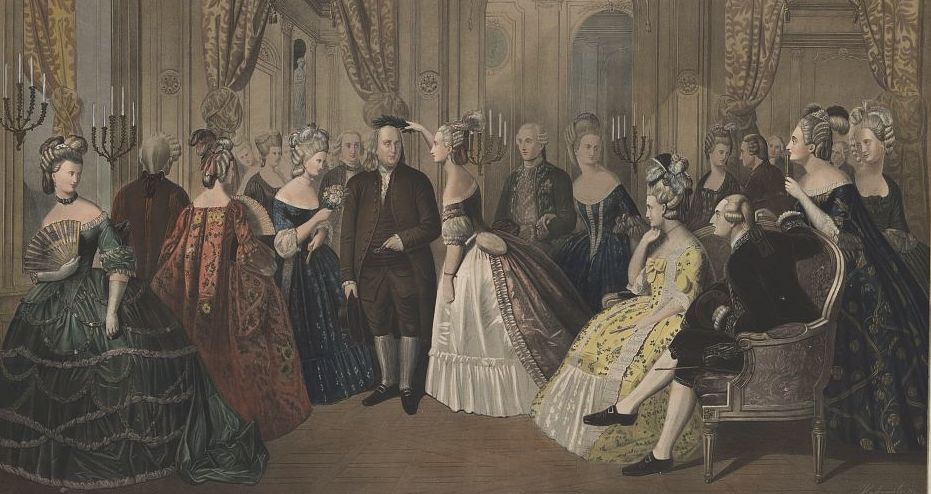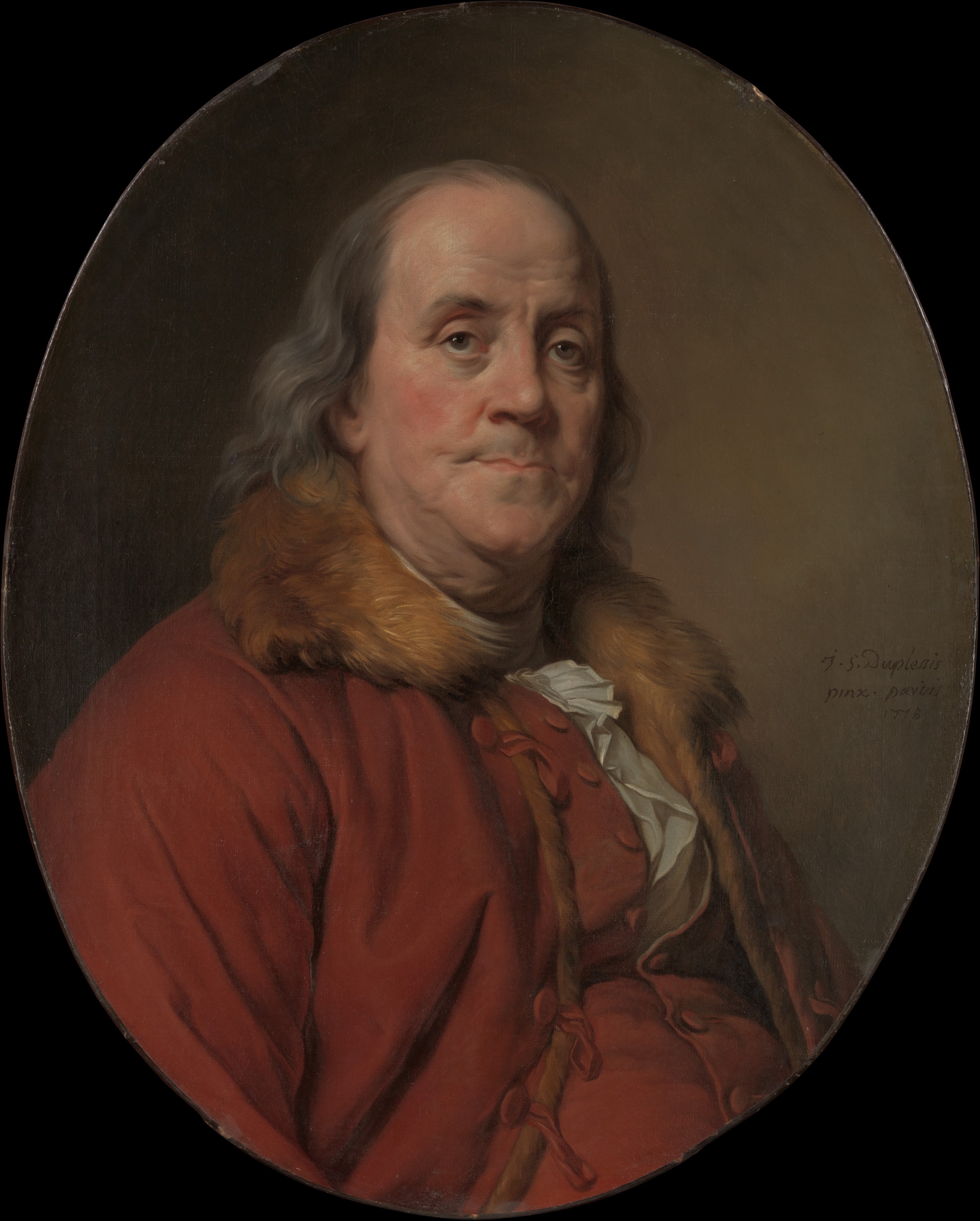Authors:
Historic Era: Era 3: Revolution and the New Nation (1754-1820s)
Historic Theme:
Subject:
Spring 2010 | Volume 60, Issue 1


Authors:
Historic Era: Era 3: Revolution and the New Nation (1754-1820s)
Historic Theme:
Subject:
Spring 2010 | Volume 60, Issue 1

By the time John Adams arrived in Paris in early 1778 to replace American diplomat Silas Deane, there was only one American name on everyone’s lips: Ambassador Benjamin Franklin. “His name was familiar to government and people,” groused the envious Adams. “To foreign courtiers, nobility, clergy and philosophers, as well as plebians, to such a degree there was scarcely a peasant or a citizen, a valet de chambre, coachman or footman, a lady’s chamber maid or a scullion in a kitchen . . . who did not consider him as a friend. . . . When they spoke of him, they seemed to think he was to restore the golden age. . . . His plans and his example were to abolish monarchy, aristocracy, and hierarchy throughout the world.”
Even more intolerable for a self-respecting New Englander, Franklin took an enormous pleasure in this fame, indistinguishable to Adams from egotism and vanity; and his jeremiad against Franklin gives posterity a superb description of how the Quaker diplomat charmed Paris. Franklin invited Adams to join him in his nightly dinners with the rich and famous. In two weeks, Adams met Antoine de Sartine, the powerful minister of the navy; the Comtesse de Maurepas, the hugely influential wife of the prime minister; the noted philosopher the Marquis de Condorcet; and dozens of other people at the summit of French society. Adams utterly failed to grasp that these people combined high politics with champagne, wit, and canard à la bigarade: “these incessant dinners and dissipations were not the objects of my mission to France.”
To the humorless Adams, Franklin’s daily routine was “a scene of continual dissipation.” Having usually partied until midnight, Franklin seldom rose early enough to discuss embassy business with Adams before breakfast. No sooner was that meal consumed than there descended “a crowd of carriages” bearing a small army of visitors, whom Adams dourly chronicled as “philosophers, academicians and economists . . . but by far the greater part were women and children come to have the honor to see the great Franklin and to have the pleasure of telling stories about his simplicity, his balding head and scattering straight hairs.”
